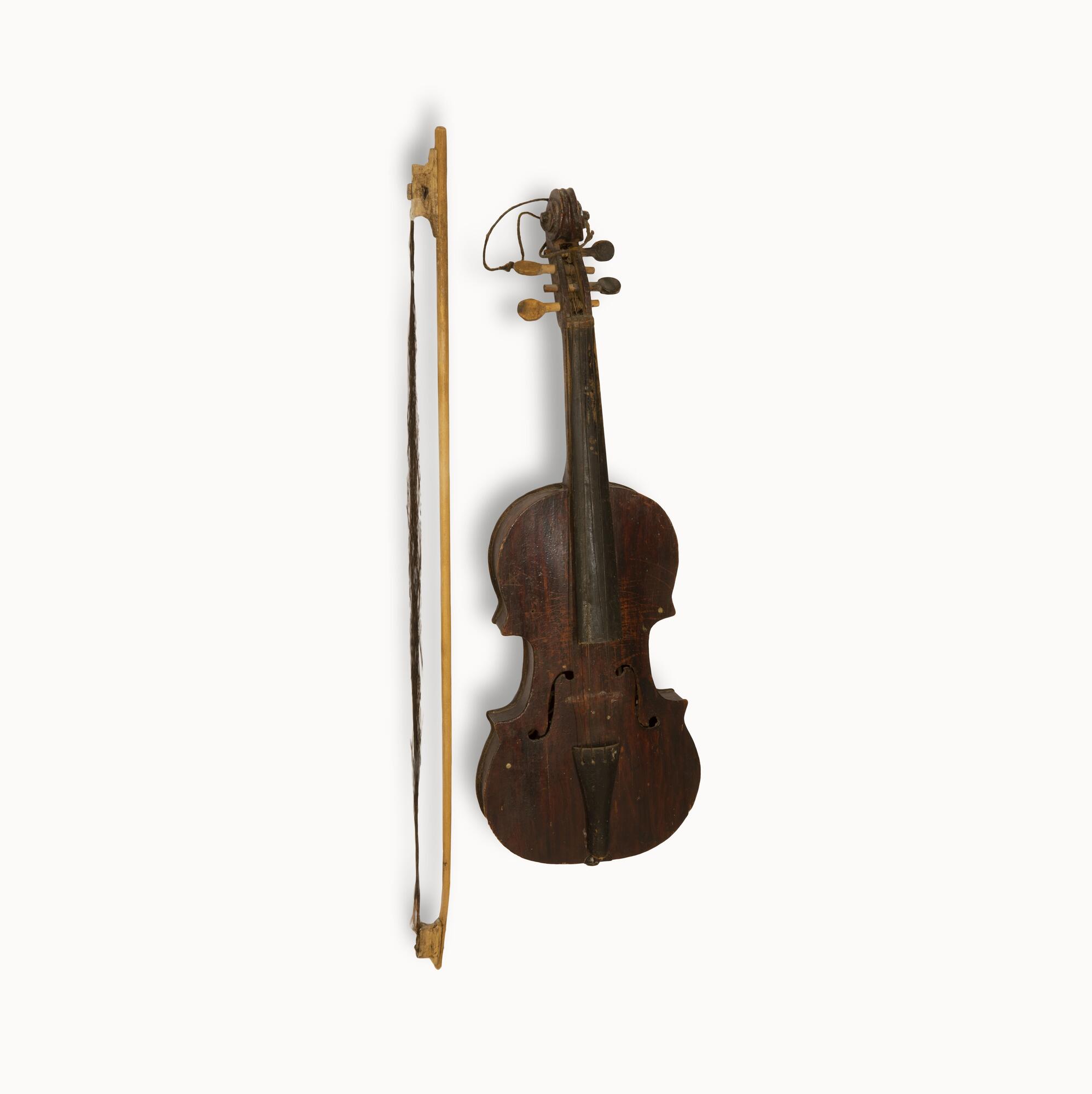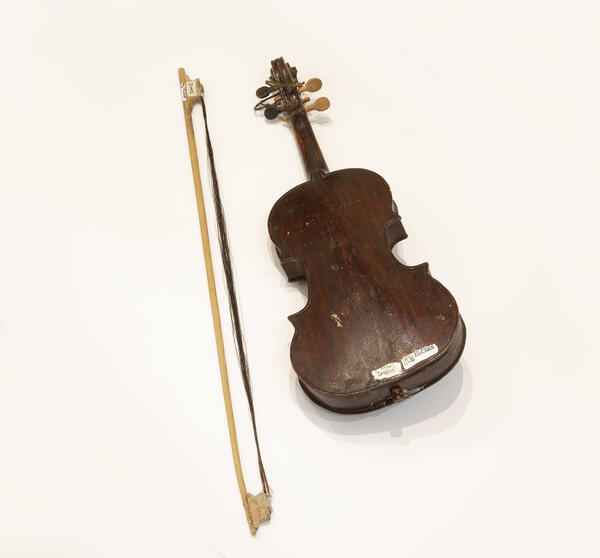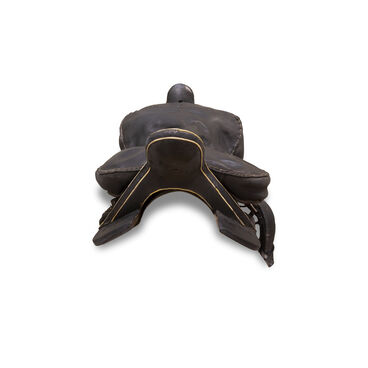The Cossacks were known for being a musical nation. Their life was filled with dances and especially folk songs. The Cossacks loved having fun and were good at doing that, both during family celebrations and festivities, and in the rare hours of rest during military campaigns. Cossack songs traditionally involved male singing and could be classified into several groups according to their subject matters: historical and war songs, daily life and lyrical songs, wedding and comic songs, those set to poems, as well as patriotic tunes dedicated to the Don region. Songs and dances were always set to music. The Cossacks used simple musical instruments. Most often, these were produced by local craftsmen.
The Cossacks adopted the violin in their music during the Italian and Swiss expeditions in the late 18th century. The beautiful sound, wide creative possibilities, as well as warm flowing tone of the violin won the hearts of ruthless warriors.
Each violin has its own tone which depends on the types of wood used for the instrument and the processing method. Usually, three types of wood are used for a violin. Since the soundboard determines the sound of bass strings, it is usually made of spruce which is both soft and resilient. Maple is used for the scroll, ribs, and back. The fingerboard is made of ebony. Due to being very hard and strong, this wood has superior resistance to wear caused by the strings. It can only be equaled by ironwood but it is not used due to its large weight and green color.
Over many generations, craftsmen attempted to make violins of other materials. They experimented with poplar, pear, cherry, acacia, cypress, walnut, and other types of wood. However, none of them could beat maple and spruce. This has also been confirmed by all contemporary research studies.
The bow consisted of a ribbon of horsehair and a wooden stick. Horsehair, especially if it is thick, has large scales with rosin between them which improves the sound. Usually, white hair is used, but there are also cheaper bows with rougher black hair which does not produce an equally smooth and gliding sound.
The Cossacks adopted the violin in their music during the Italian and Swiss expeditions in the late 18th century. The beautiful sound, wide creative possibilities, as well as warm flowing tone of the violin won the hearts of ruthless warriors.
Each violin has its own tone which depends on the types of wood used for the instrument and the processing method. Usually, three types of wood are used for a violin. Since the soundboard determines the sound of bass strings, it is usually made of spruce which is both soft and resilient. Maple is used for the scroll, ribs, and back. The fingerboard is made of ebony. Due to being very hard and strong, this wood has superior resistance to wear caused by the strings. It can only be equaled by ironwood but it is not used due to its large weight and green color.
Over many generations, craftsmen attempted to make violins of other materials. They experimented with poplar, pear, cherry, acacia, cypress, walnut, and other types of wood. However, none of them could beat maple and spruce. This has also been confirmed by all contemporary research studies.
The bow consisted of a ribbon of horsehair and a wooden stick. Horsehair, especially if it is thick, has large scales with rosin between them which improves the sound. Usually, white hair is used, but there are also cheaper bows with rougher black hair which does not produce an equally smooth and gliding sound.





